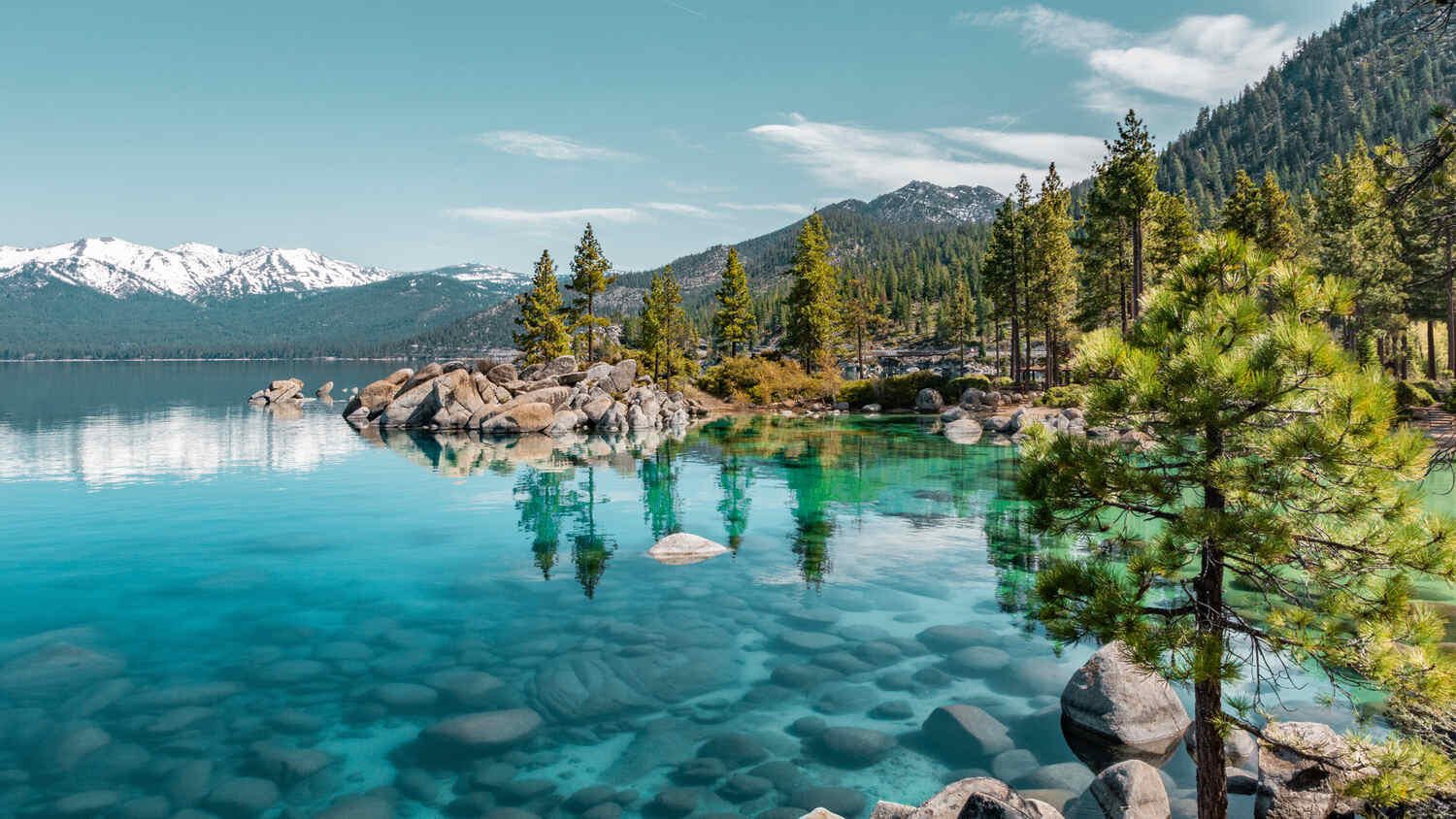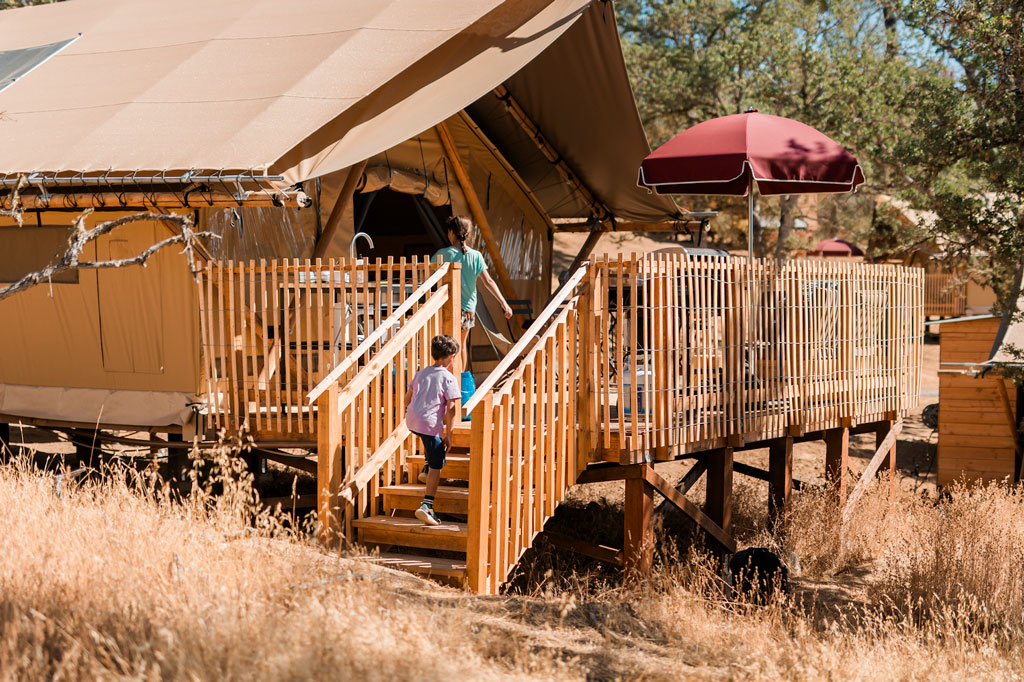Deeper than the Empire State Building is tall, Lake Tahoe beckons millions of visitors each year, including many from Marin. But the lake is more than just a sight to see, just like the surrounding region is more than just a popular destination for hikers, campers, and winter and water sports enthusiasts. In order to fully understand and appreciate the Tahoe Basin — and to be a better visitor — it’s best to spend a little time learning about the intricacies of the largest alpine lake in North America. That’s where the Tahoe Science Center comes in.
Located at Incline Village in Nevada, the Tahoe Science Center provides the public with the latest findings from the UC Davis Tahoe Environmental Research Center (TERC), dedicated to researching the water quality, physical processes and ecology of Lake Tahoe and its watershed. TERC’s findings aid research at other lakes and also help inform local policy decisions. But on a smaller scale, its work lets the Science Center operate as a place for both play and learning.
Since 2006, it has been open for tours and self-guided exploration year-round. While the center serves as an important educational hub, the information is presented in a fun, hands-on way that is especially interesting to kids but can be appreciated by lifelong learners, too.
“The themes here are really what’s unique about Tahoe: what are the issues we’re facing, what does science and research tell us about those issues and what is being done?” explains TERC’s education and outreach director, Heather Segale.
The interactive exhibits and activities make for an immersive experience. Visitors can take a virtual excursion on a scale model of a research vessel and learn about water clarity and how to measure it, through a series of videos; they can also peek at tiny aquatic creatures through a microscope at the virtual lab and discover what’s living beneath the surface of the lake. Other activities include watching a short educational film at the 3D theater, playing with an interactive sandbox, which shows how the landscape is interconnected, and much more. It even goes beyond the lake itself, with chances to learn about trees, geology and snow and how they all affect the lake. Tours typically last an hour to an hour and a half, but anyone who is keen to stay longer is welcome to explore at their own pace. Advance reservations are required, and Segale recommends that guests be at least 8 years old for optimal enjoyment.
The lake’s conditions have been closely studied for decades, but some of the recent concerns that Science Center visitors will learn about revolve around non-native species, algal growth, wildfires, climate change and microplastics, all of which negatively impact the lake, both aesthetically and on a more profound level. Fortunately, some of the problems are solvable with help from the general public, and it starts with spreading awareness.
“I want our visitors to learn that Lake Tahoe is a unique and special place, and that there are environmental issues that we’re concerned about, but that looking at it through the lens of science is a good way to understand and find solutions,” says Segale. “We can all be part of protecting this place. There is a way to make sure Tahoe remains blue and beautiful, for all of us to enjoy for future generations.”
Photo: www.stock.adobe.com/davyladd










